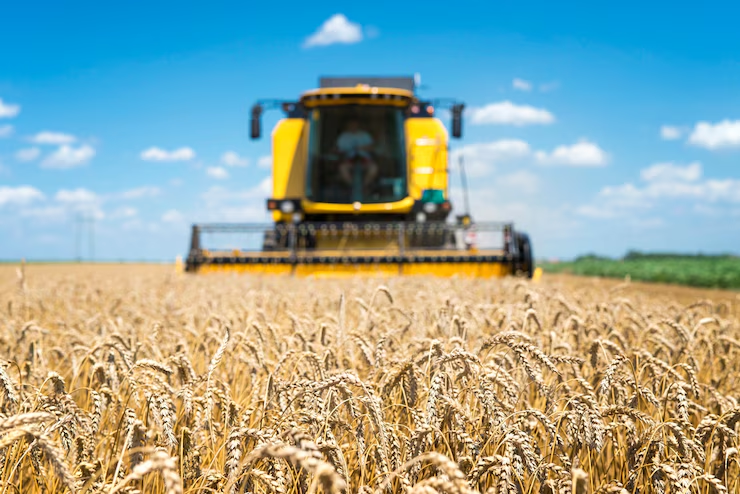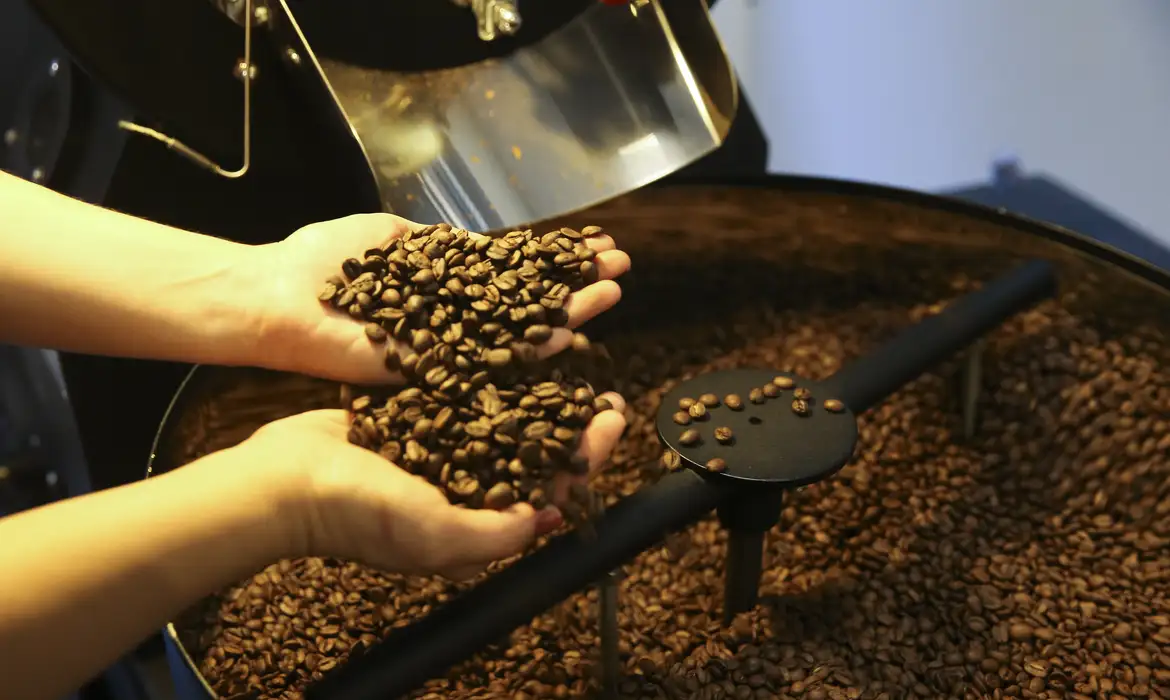Matopiba region is the fastest growing agricultural frontier in Brazil

In latest a long time, the world destined for soy all through Brazil has grown nearly 5 occasions. This enhance was doable due to advances in analysis by entities such because the Brazilian Agricultural Analysis Company (Embrapa), which resulted within the migration of southerners looking for land within the Midwest, North and Northeast areas.
Amongst them is the Matopiba area, made up of 337 municipalities and 73.1 million hectares, about 51% of the world of the 4 states. The area encompasses the Cerrado biomes, with 90.94% (of your entire space), the Amazon, with 7.27%, and the Caatinga, with 1.64%. There are round 324,000 agricultural institutions within the space, 46 conservation items, 35 indigenous lands, 36 quilombolas and 1,053 agrarian reform settlements, in keeping with a survey carried out by Embrapa’s Strategic Intelligence Group (GITE).
The agronomist engineer and director of operations for Brasil Agro Wender Vinhadelli lists the optimistic factors of the area. “From a technical perspective, you have got an abundance of flat areas that facilitate operational effectivity and higher use. Second: you even have an attention-grabbing luminosity. Third: you have got, particularly within the larger areas, an excellent temperature vary that will increase the planting vary. Fourth: we’ve part of this area the place you may also – like in Mato Grosso, like in Goiás, like in Paraná, like in Rio Grande do Sul – make a second crop. The logistics of the area are improbable”.
Agricultural frontier Tocantins
Tocantins is the most important soy producer within the North of the nation, in keeping with information from the Nationwide Provide Firm (Conab). The expectation is for a superb productive potential of the soybean and corn crops within the present harvest, regardless of the oscillations at the start of the harvest, attributable to the delay and irregularity of the rains.
The projection signifies that manufacturing will exceed 4 million tons, a rise of three.3% in comparison with the 2021/2022 harvest. In relation to the planted space, the rise is 10.9%.
With a privileged geographical location in relation to ports and railways, the state has a particularly favorable logistical situation that facilitates the circulation of manufacturing and the ultimate worth of the producer. As well as, the quite a few degraded pasture areas have been used for agricultural exploitation.
“We now have these degraded pasture areas which have nice potential for reinsertion. The difficulty is to evaluate the standard of this pasture and the price of reinserting these pastures into different agricultural practices, whether or not or not it’s the implementation of built-in programs, with integration, farming, livestock and forestry (ILPF). So, it is higher to discover. That is the good problem”, explains Lucíola Magalhães, deputy head of Improvement Analysis at Embrapa Territorial.
In Bahia, cotton is the spotlight
In Western Bahia, agriculture takes place in two areas with totally different traits: the Valley and the Cerrado. Within the Valley subsistence agriculture predominates, with the cultivation of cassava, corn, rice and beans, along with livestock. Within the Cerrado, the world is flatter, permits mechanization and is the place the agricultural heart of Bahia was established. Within the area are the most important areas of soy, cotton, corn and low.
Cotton, one other robust crop in Western Bahia, is taken into account the primary in high quality in Brazil. The area is now the second largest nationwide producer. Within the newest crop estimate, together with corn, the world occupied by these crops is near 1.9 million hectares and manufacturing exceeds 7.6 million tons. And agriculture within the area can develop much more.
By Brasil 61




